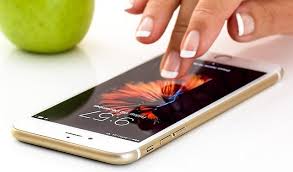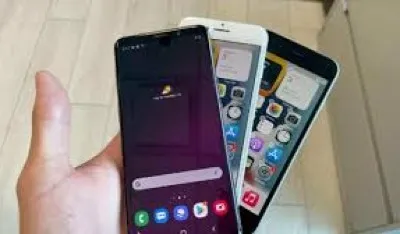These programs aim to bridge the digital divide and provide essential connectivity to those who might otherwise be left behind.
What Are Free Government Phones?
Free government phones are part of initiatives funded by federal programs designed to help low-income individuals stay connected. The most well-known of these programs is the Lifeline Assistance Program, which was established in 1985. The program is administered by the Federal Communications Commission (FCC) and offers eligible low-income consumers a discount on phone service. Over the years, Lifeline has expanded to include free or subsidized smartphones, providing even greater access to modern communication technologies.

Who Qualifies for Free Government Phones?
Eligibility for free government phones varies depending on the specific program, but generally, individuals must meet one of the following criteria:
- Income-Based Eligibility: Applicants must have an income that is at or below 135% of the federal poverty level. This threshold is adjusted annually and can vary based on household size and location.
- Program-Based Eligibility: Applicants who participate in certain federal assistance programs automatically qualify. These programs include Medicaid, Supplemental Nutrition Assistance Program (SNAP), Federal Public Housing Assistance, and Supplemental Security Income (SSI), among others.
How to Apply for a Free Government Phone
Applying for a free government phone typically involves a few straightforward steps:
- Check Eligibility: Determine if you meet the income-based or program-based criteria. This can usually be done through the website of the Lifeline program or the specific service provider you are interested in.
- Choose a Provider: Several carriers participate in the Lifeline program, offering different types of phones and service plans. Research and choose a provider that best suits your needs.
- Submit an Application: Fill out an application form, which can often be done online. You will need to provide proof of eligibility, such as income documentation or proof of participation in qualifying federal programs.
- Receive Your Phone: Once your application is approved, the provider will send you a phone. This may be a basic cell phone or a smartphone, depending on availability and the provider’s offerings.
The Impact of Free Government Phones
The availability of free government phones has had a profound impact on many lives. For individuals in low-income households, access to a phone can significantly improve job prospects, as it allows for easier communication with potential employers. It also helps ensure that individuals can reach emergency services when needed and stay connected with family and friends.
Moreover, free government phones can bridge the gap in digital literacy and access. With many services and resources now available online, having a smartphone allows users to access information and services that would otherwise be out of reach. This can include accessing healthcare information, educational resources, and other critical services.
Challenges and Considerations
Despite the benefits, there are some challenges associated with free government phones. Limited data plans or restricted features can sometimes hinder users from fully benefiting from the technology. Additionally, the application process may seem daunting to some, especially for those who are not familiar with navigating online systems.
Furthermore, there are concerns about the quality of the phones provided. Some users have reported receiving outdated or lower-quality devices. However, many providers are working to improve the offerings and ensure that recipients receive phones that meet current technological standards.
